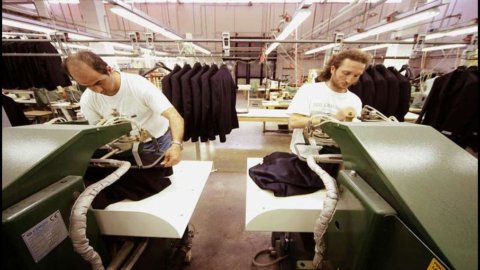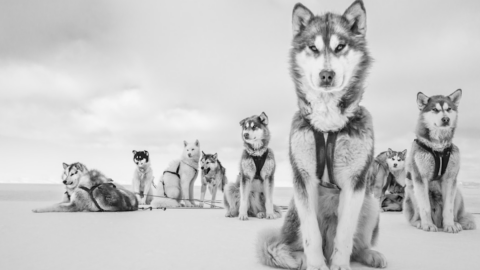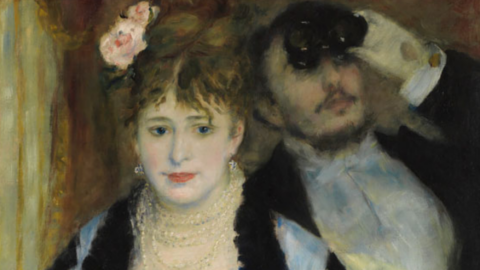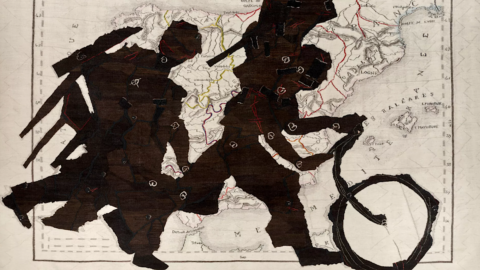Reflecting today, 10 years after his death, onI artistic journey of Giuseppe Uncini (Fabriano 1929 – Trevi 2008 ) above all means paying homage to his great formal coherence and extreme conceptual rigour. The search for him has been, in every cycle of works: from the beginnings in the informal sphere, to the Cement yourself, up to the latest Architectures and to Artifices, "a story of progressive intuitions, of happy clarifications, of arduous insistence around a theme, a practice, a way of understanding the question of form, which leaves no room for doubts about the quality and uniqueness of his vision ”, as the critic points out Ivan Quaroni in a recent writing. And it was above all the coherent path of an artist "F” who has worked, produced works, designed and written, without ever sparing himself, around the reasons for his doing. A way of doing that he considered an integral part of the ultimate meaning of his works. “I would like to point out – he used to say – that for me the choice of materials is already part of the idea: and the materials (iron, brick, cement) impose on me the use of certain techniques that are strictly my own".
In a letter dated 1975, Uncini admitted how decisive his "nature of homo faber, of a man who thinks with his hands" and as already since Primo Cemented had come to "construct the object, leaving bare all the technical procedures of its making”, to the point of obtain no longer a form of representation, but an object "self-signifying” and, therefore, conceptually self.
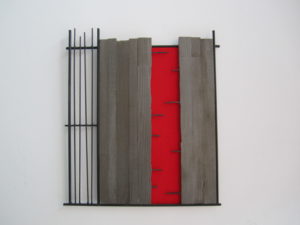
Spaziocemento with red 2000 – iron cement and colored pigments 43×38 cm. – Milan private collection
What distinguishes Uncini's thought from that of the American Minimalists, to whom he has often been erroneously compared, is in fact the profound correlation between the work and the construction process. It is no coincidence that at the center of his reflections is a verb (to build), rather than a noun, as if to remark that art is above all "a doing", that is something intimately connected to human nature since the dawn of time .
In the ascending parable of his journey – says Bruno Cora by introducing the catalog raisonné of Maestro's complete works – Uncini managed not only to remain faithful to an initial intuition, but also to grasp unexpected and unimaginable aspects at the beginning of his career. Starting from matter, from the raw and brutal evidence of the object, he has discovered the invisible forces that surround it, those that inevitably refer to the interiority of the individual and his ability to read and interpret the world.
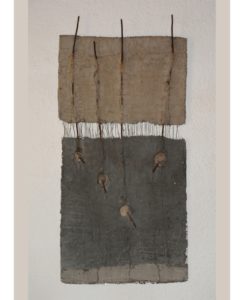
Cemento 1957 – cement and iron 106x51x5 cm.
Private collection
Indeed, around the concrete, the bricks and the iron structures there is the sensitive virtuality of space, which is the real field of action of the experience. An experience that was worthily closed with the cycle of Architectures, in a final and definitive recognition of the need primary to build not only the environment, objects, things, but also, and perhaps above all, knowledge, the sensitivity and culture that make homo fabercraftsman (and artist) of his own destiny.
Giuseppe Uncini (Fabriano, 1929 - Trevi, 2008)
After the beginnings in his hometown, in 1953, solicited by Edgardo Mannucci, he moved to Rome, a guest of his studio, where he came into contact with important figures of Italian and international art (from Butters a Capogrossi, from Afro to Colla to Emilio Villa)
In 1955 he took part in the VII Quadrennial of Rome at the Palazzo dell'Esposizioni and, two years later, he exhibited for the first time in Germany, in Frankfurt, in the group show "Abstractitalianish Art”. In 1963 the foundation of Gruppo Uno was formalized with Biggi, Carrino, Frasca, Pace and Santoro who will hold a series of exhibitions and publish a manifesto explaining their poetics. Group One, which dissolved in 1967, opposed in search of the Informal, the idea of an art linked to the theory of perception, suggesting the different function of the Artist in society. Argan was one of the most convinced supporters of this Group. In 1999 he exhibited at PS1 in New York in Minimalia and in 2001 at Stadtische Kunsthalle di Mannheim. Several times present at the Venice Biennale: in 1966, 1984, 1989. He received the Feltrinelli Prize for Sculpture from the Accademia dei Lincei in 1988, the 6th Henry Moore Large Price Exhibition byhakone Open-air Museum in Japan in 1989 and from the National Academy of San Luca the President of the Republic Award in 1995. In 2008 he was commissioned an important work for the Sculpture Park of the MART of Rovereto and at the same time he began working on the project for the traveling anthological exhibition to be held between 2008 and 2009 at the ZKM in Karlsruhe, at the MART of Rovereto and al State Museum Joanneum of Graz. On the night of 31 March, at the age of 79, Uncini suddenly died in his home-studio in Trevi. His works are present in numerous Italian and international museums and in prestigious public and private collections.
The market
As evidence of the market's interest in his work, over 500 auctions with a percentage of sold exceeding 80% and a turnover that in 2017 well exceeded one million euros. According to the index "Artprice”, one hundred euros invested in a work by Uncini in 2000, in January 2018 they were worth on average almost 400 euros.
Gallery: Marconi and Stein and Tega of Milan, Claudio Poleschi of Lucca.
Pricing: Recent sculptures range from 30 to over 70 euros depending on the size. For historical works from the 50s and 60s, much sought after by collectors and now almost impossible to find, prices start at over 100 euros and go well beyond the threshold of 300 euros. For the refined works on paper, the price ranges from around 5 to over 30 euros.
Top Price at auction: "Cemented (Reinforced Concrete)” 1959, Mixed media, 102cm x 102cm x 5cm. sold for 376 thousand euros (rights included) by Christie's in London in October 2015, more than double the estimate.

